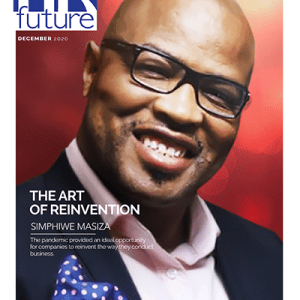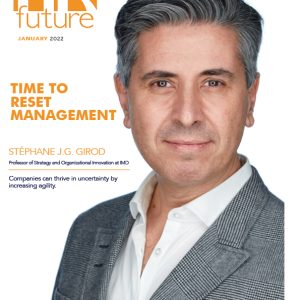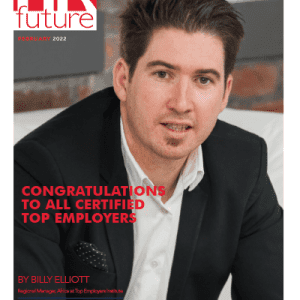Step into any modern workplace and you might notice a subtle tension. Employees show up, meet deadlines, but often lack enthusiasm. The problem is not talent or skill. Traditional systems no longer match today’s expectations.
Disengagement is more than a minor issue. It affects innovation, culture, and long-term growth. Top performers quietly leave or withdraw their energy. Organizations lose far more than productivity.
This is where strategic HR engagement becomes essential. Organizations must move beyond routine HR tasks and consider how to foster environments where employees choose to grow, innovate, and stay committed. The stakes have never been higher.
Why Traditional Engagement Strategies Fall Short
Many companies believe engagement can be solved with perks such as flexible hours, office upgrades, or social events. While these can help, they often fail to address what truly motivates employees: purpose, development, and trust.
Consider a high-performing team member eager for advancement. They work diligently, but the organization offers minimal guidance, mentorship, or meaningful growth opportunities. Eventually, that employee leaves, not for better perks, but for a clearer vision of their future.
This highlights why HR consulting has shifted its focus. Engagement is no longer about checklists or incentives. It is about aligning people’s strategies with the company’s broader objectives. Organizations that ignore this often see high turnover and declining morale even when they believe they are engaging employees.
Building a Sustainable Engagement Framework
Strategic HR engagement requires a different perspective. It is not about temporary satisfaction but creating a lasting connection between employees and the organization.
Research shows employees thrive when they experience autonomy, opportunities to grow, and strong workplace relationships. Leading organizations focus on building systems that nurture these drivers.
Instead of annual performance reviews, forward-thinking firms implement continuous feedback and mentoring. They prioritize development plans that align with individual goals and company growth. Engagement metrics are tracked consistently, not just once a year.
When done effectively, HR becomes a strategic partner. Engagement improves innovation, strengthens culture, and builds resilience. Employees do not just show up. They contribute fully and meaningfully.
Creating Conditions for True Commitment
True engagement cannot be imposed. It can only be encouraged through thoughtful workplace design. Leaders cannot force commitment, but they can create conditions where it naturally emerges.
This requires moving beyond administrative HR functions. Strategic HR engagement is about shaping environments that encourage growth, collaboration, and ownership. It is less about managing people and more about enabling them to thrive.
Measuring Engagement Beyond Metrics
Hiring the right people is important, but retention and meaningful engagement define long-term success. Employees commit to organizations that provide purpose, clarity, and opportunity, not just perks.
Organizations must ask themselves: does the workplace inspire employees to contribute fully and remain committed? The answer lies in cultivating trust, clarity, and aligned growth opportunities. When done well, engagement is visible not only in metrics but in employees’ daily decisions to invest their talent and energy.
Guest writer


























